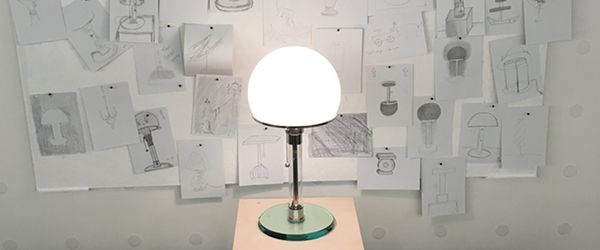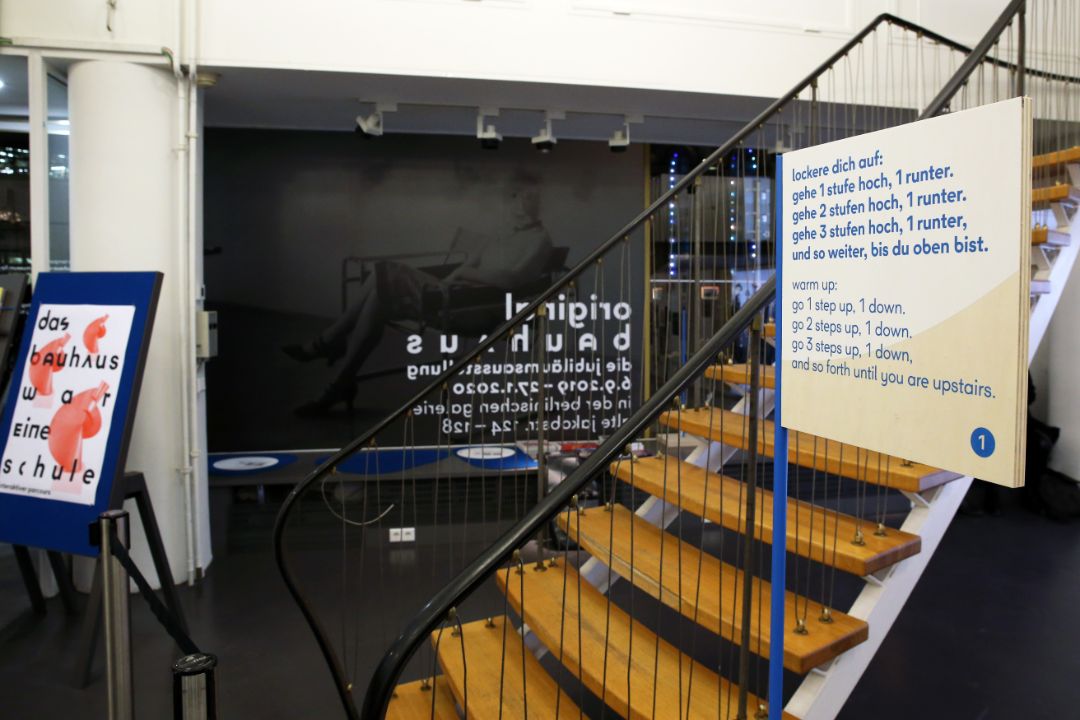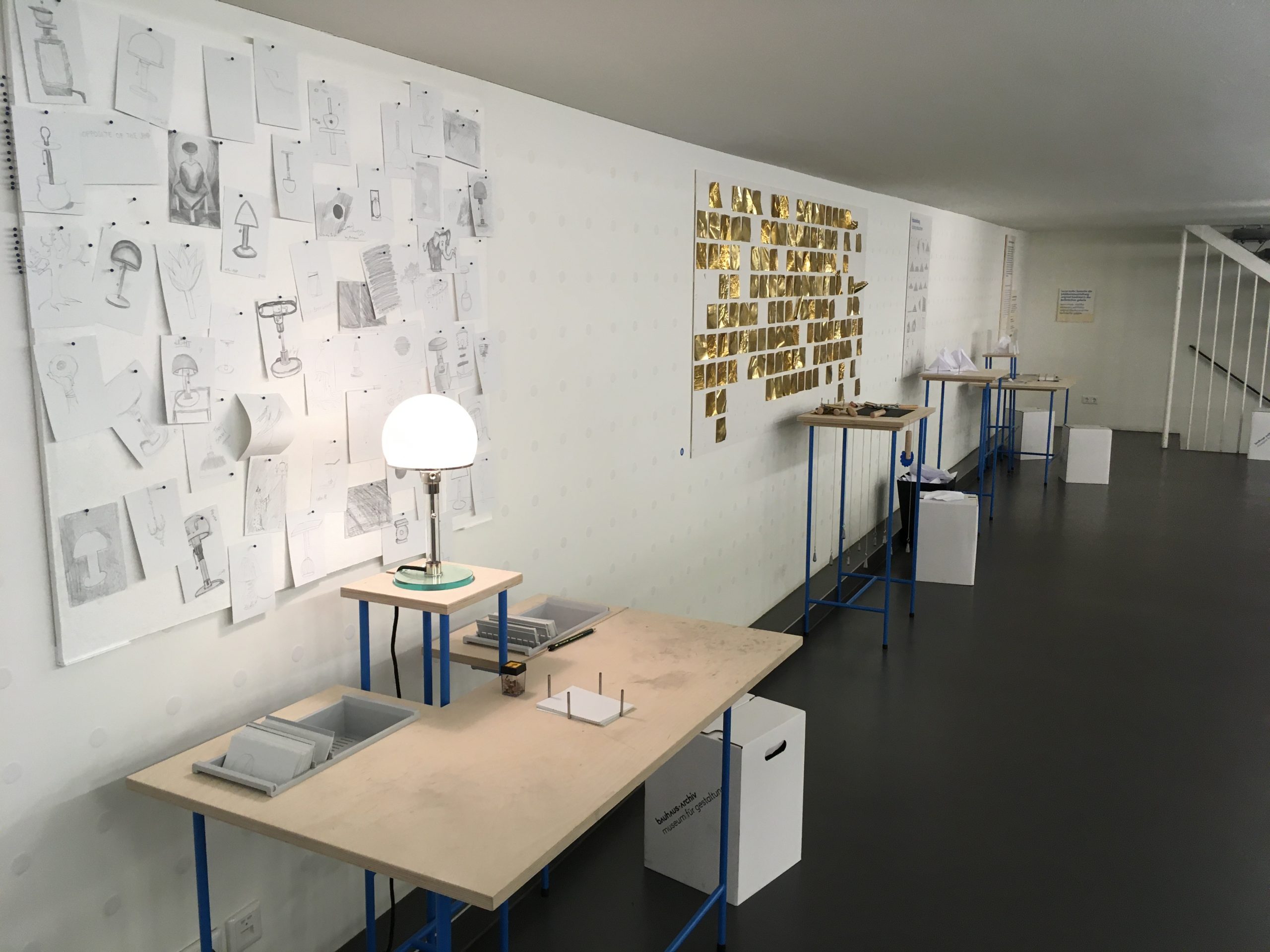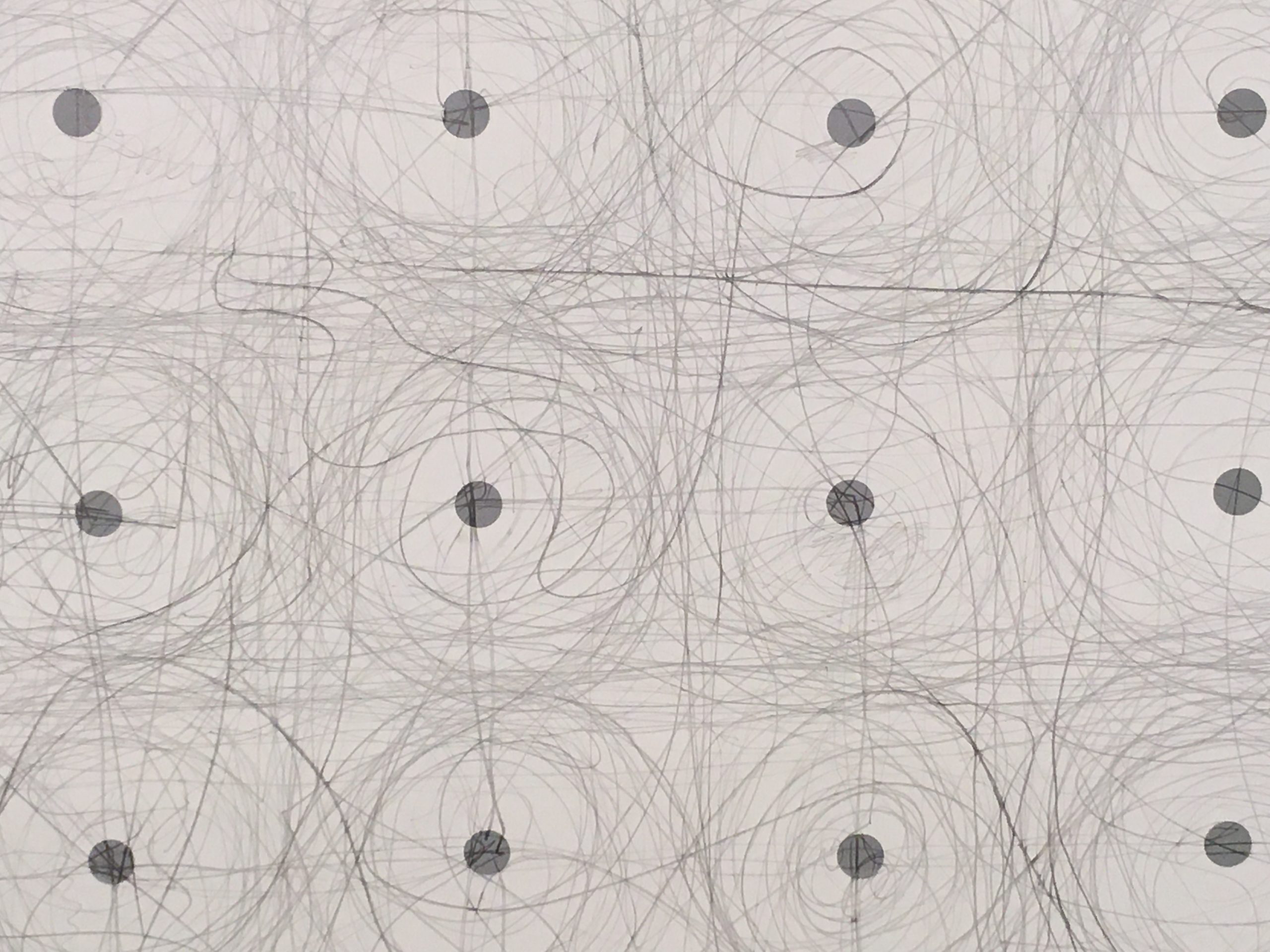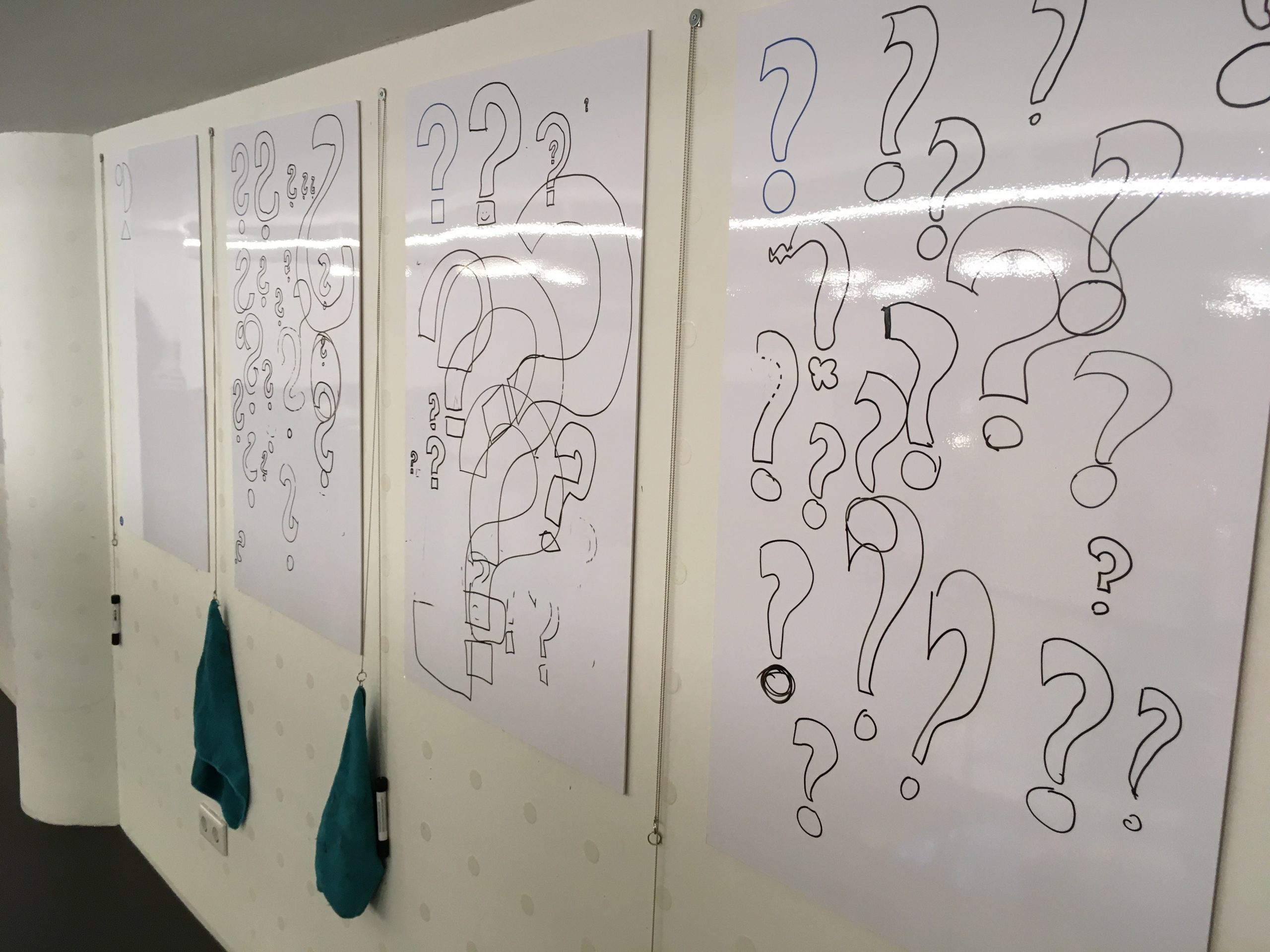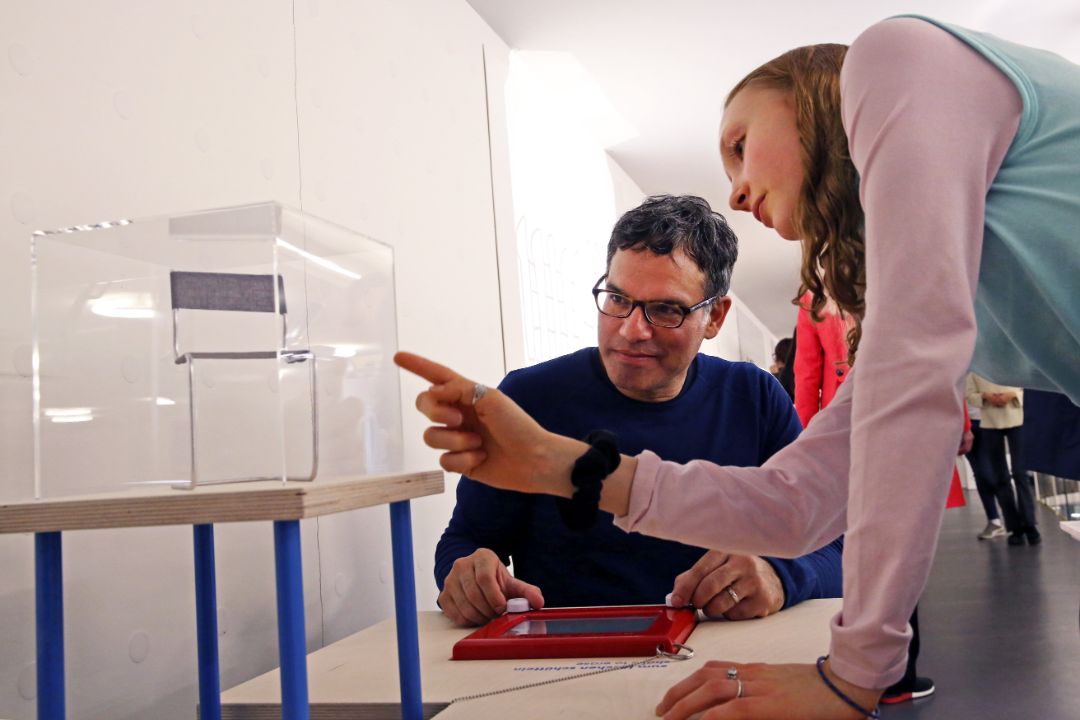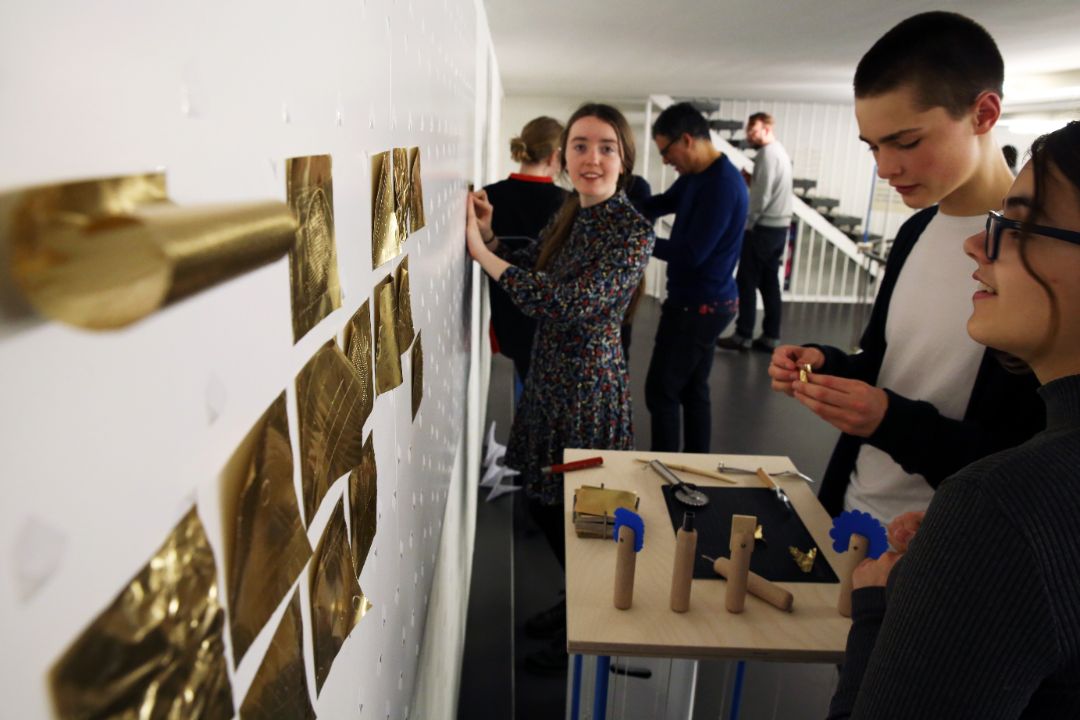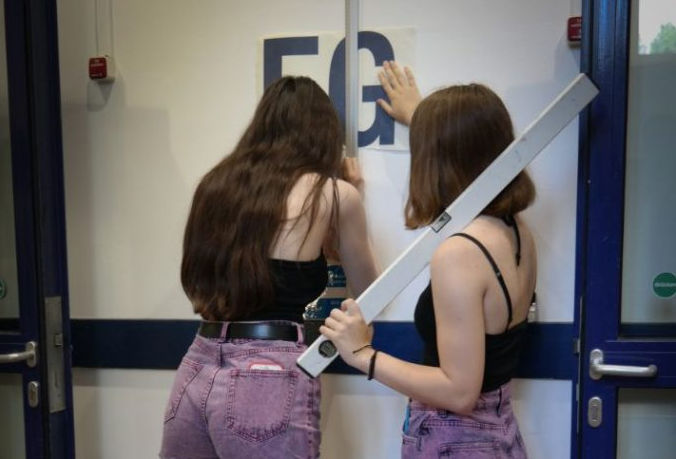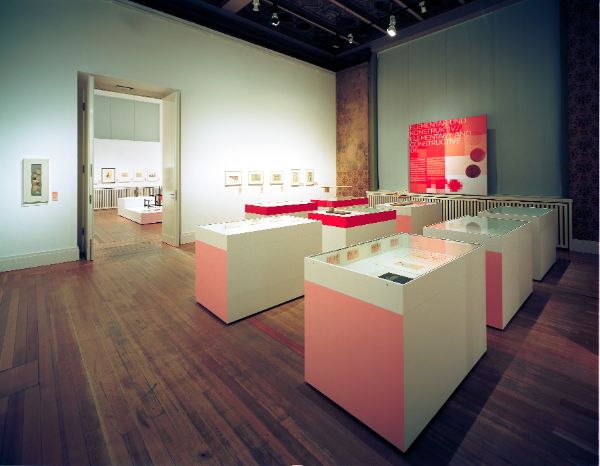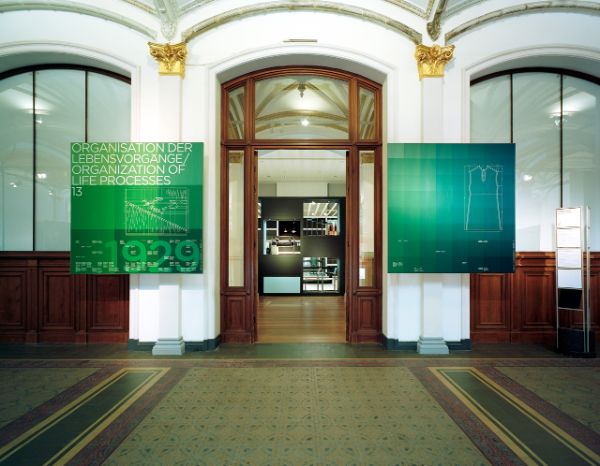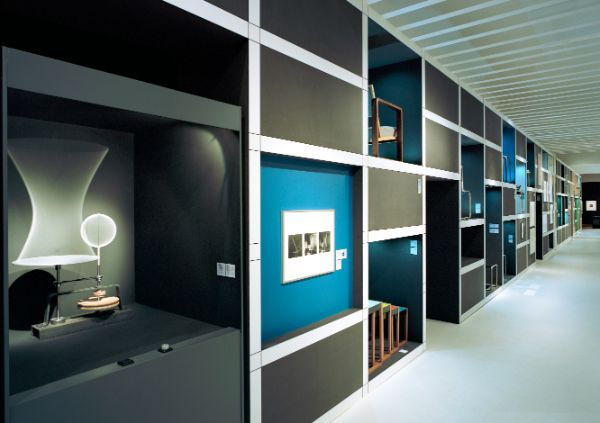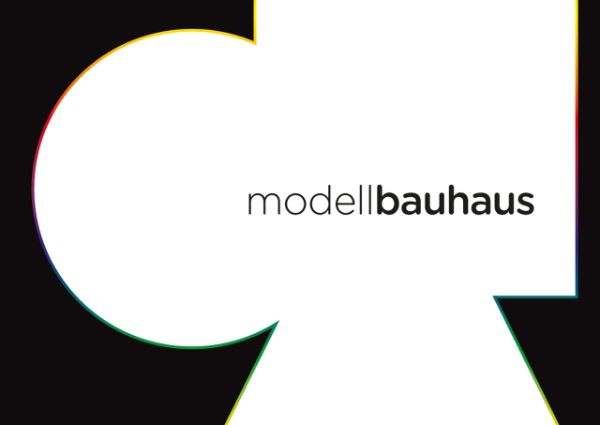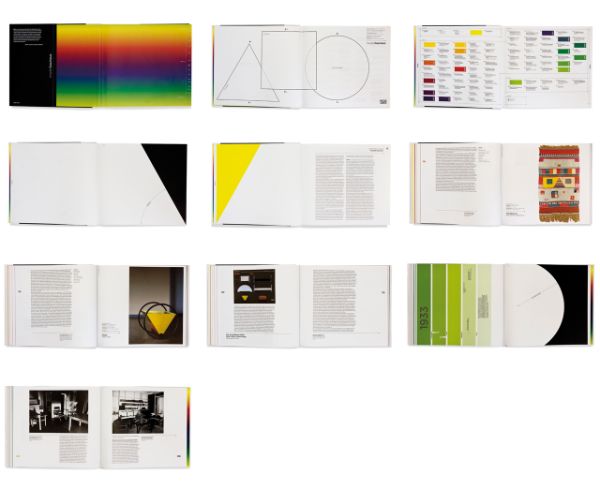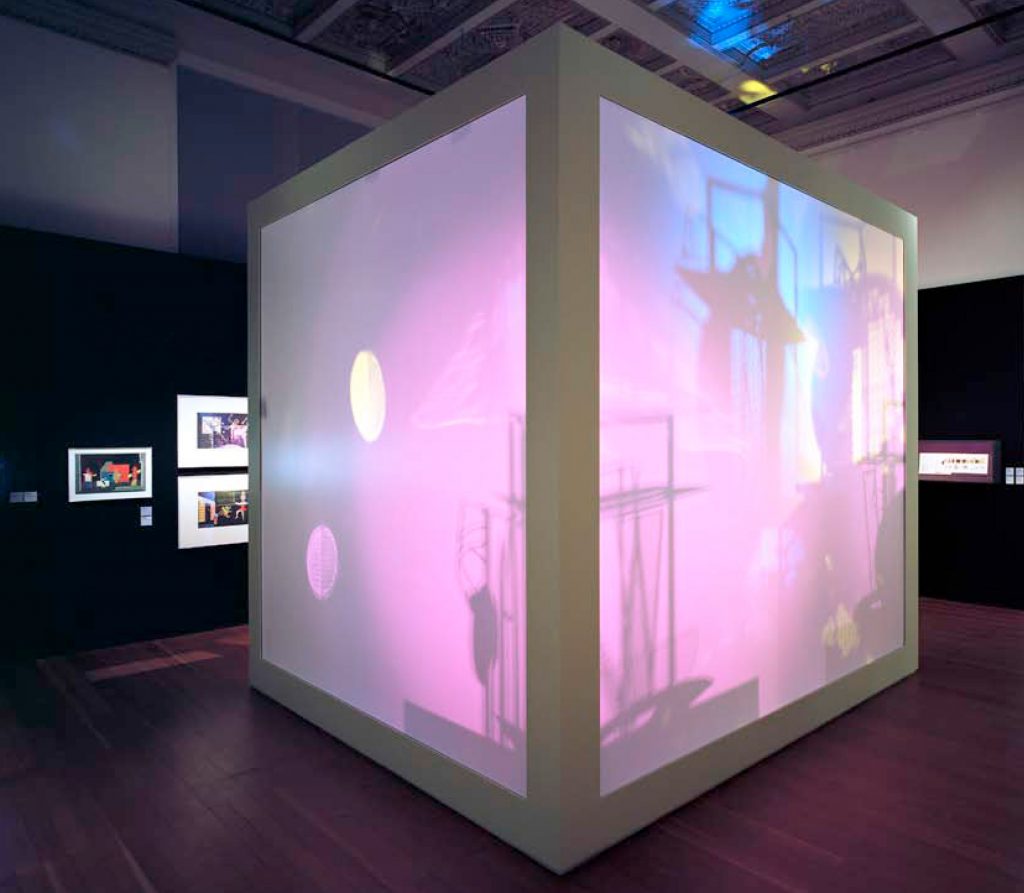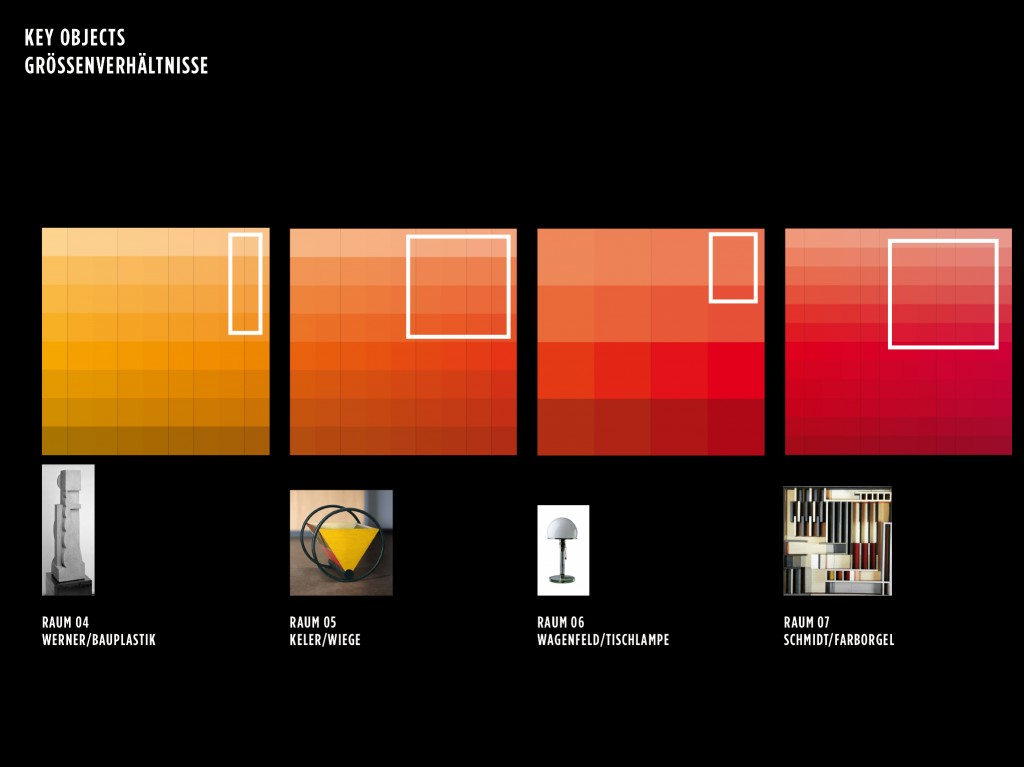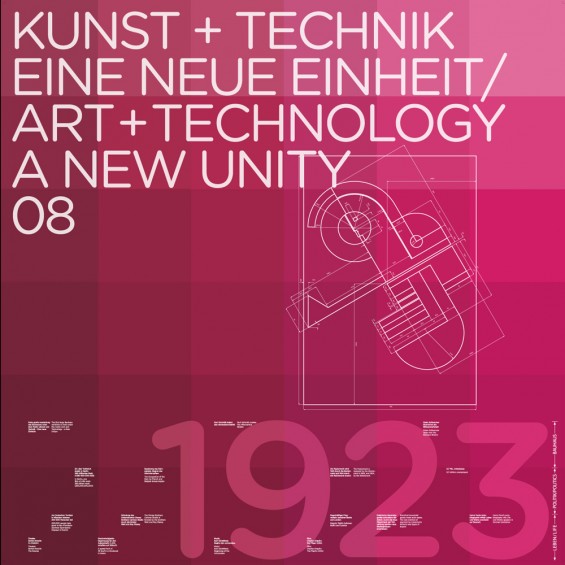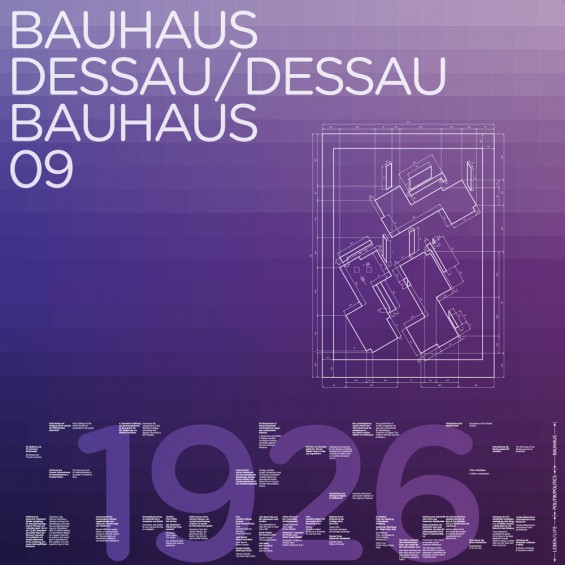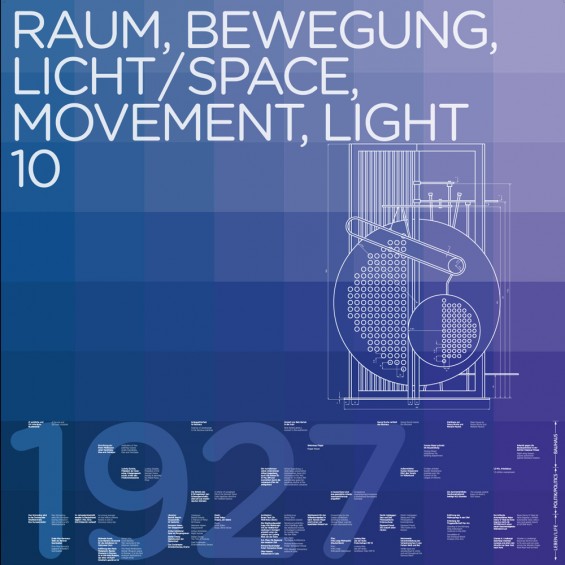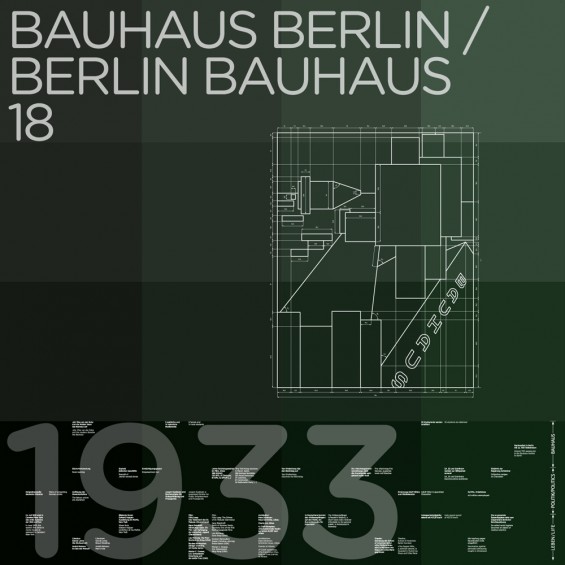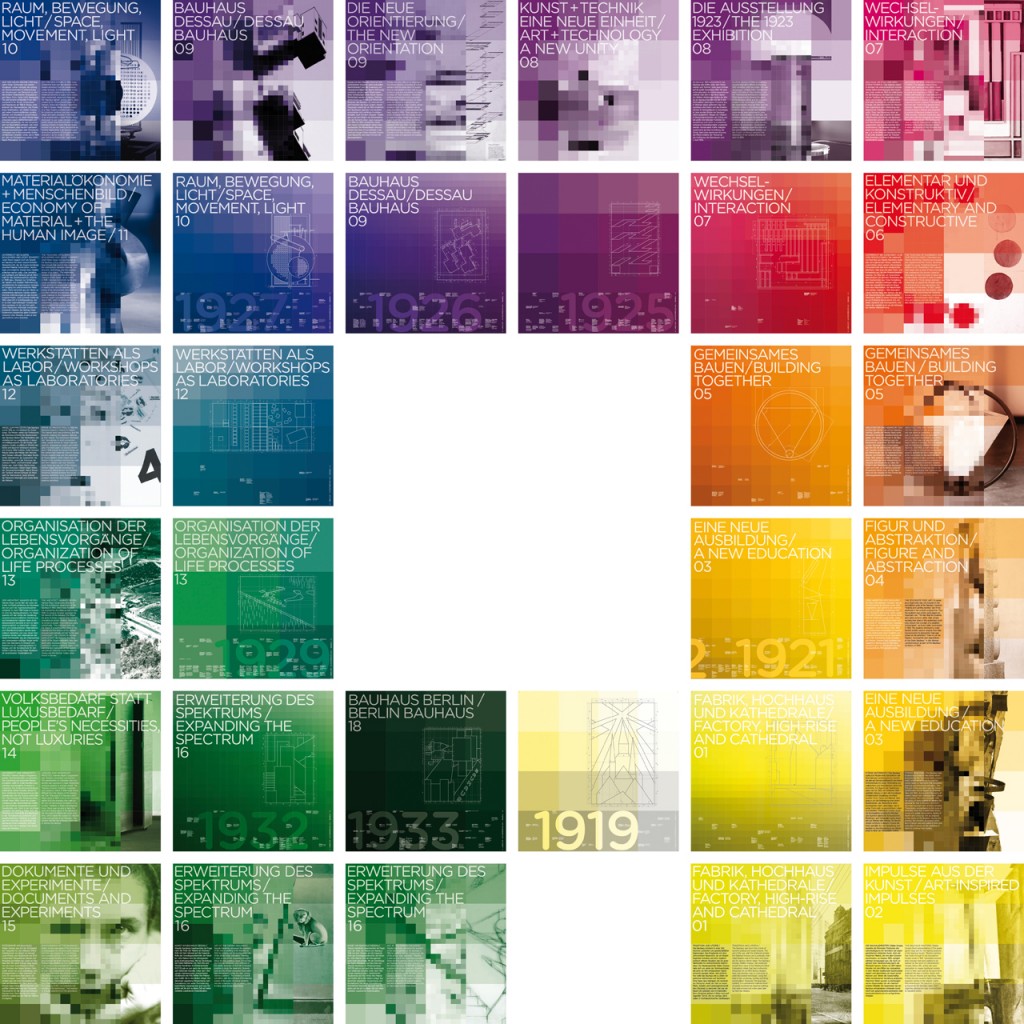Was ist das Gegenteil einer Wagenfeld-Lampe? Erlebe Übungen aus dem berühmten Bauhaus-Vorkurs in unserem interaktiver Parcours im temporary bauhaus-archiv! Das Bauhaus war eine Kunst- und Designschule, die vieles neu gedacht hat. Ein wichtiger Impuls war der berühmte Bauhaus Vorkurs, den alle Studenten durchlaufen mussten, bevor sie sich für eine Studienrichtung entschieden. Die Erfahrungen, die die Studenten dort machten, wurden als wichtiger erachtet, als die tatsächlichen Ergebnisse.
Jetzt kannst du diese Erfahrungen selber machen! Für unseren interaktiven Parkours haben wir historische Übungen von Johannes Itten, László Moholy-Nagy und Josef Albers neu interpretiert und mit zeitgenössischen Werkzeugen und Fragen kombiniert. Hoffentlich bekommst du beim Durchlaufen der Stationen nicht nur einen Eindruck wie es sich angefühlt hat am Bauhaus zu studieren, sondern hinterlässt in der Ausstellung auch deine Spuren. Vielen Dank an die vielen tausend Besucherinnen und Besucher die dies bereits getan haben!
the bauhaus was a school
27.11.2019 – 09.05.2020
the temporary bauhaus-archiv / museum für gestaltung
Knesebeckstraße 1-2 | Berlin-Charlottenburg
Mo–Sat, 10–18 Uhr | Eintritt
Ein Projekt vom bauhaus-archiv / museum für gestaltung
Projektidee: Friederike Holländer, Nina Wiedemeyer
Konzept: Rose Apple, Friederike Holländer
Ausstellungsdesign und Produktion: Alex Valder
Ausstellungsgrafik: Rose Apple
Organisation: Juliane Bethge
mit Studenten der Nelson-Mandela-Schule, Berlin

